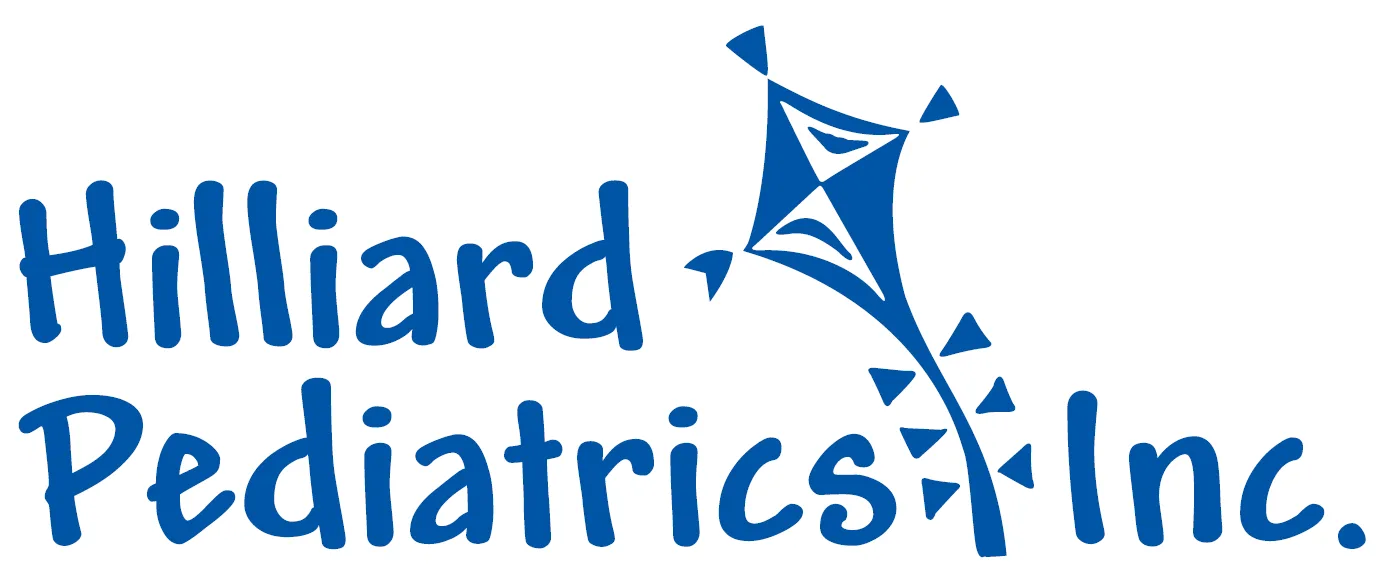Fungal Nail Infections
Hilliard Pediatrics, Inc. - Dr. Tim Teller, MD
Introduction
Fungal nail infections, also called tinea unguium and onychomycosis, is a challenging condition where the nails and nails beds become infected with yeast or molds. It is most common on the toe nails. It is less common at a younger age and becomes more common during the teen years and into adulthood.
Risk Factors
Athlete’s foot (tinea pedis), family members with athlete’s foot, family members with fungal nail infections, and frequently wearing footwear that does not let the feet air-out (such as with sports) are all risk factors for fungal nail infections.
How it Presents
One nail may be involved or multiple nails may be infected. It is not unusual to have one or more infected on one foot and one or more infected on the other foot. The nail will be thickened, white (sometimes brown), with rough edges, and sometimes a peeling or cracking appearance to the top and edges of the nail. It is possible to have only part of the nail involved (such as just one half of the nail). Untreated, the infection can last years. Mild cases may self-resolve on their own after a number of months.
Things That Can Look Like a Fungal Infection
- One of the most common conditions to be confused for a fungal nail infection is repetitive nail trauma, especially in athletes. Volleyball, soccer, basketball, running, dance, ice skating, and hockey athletes all may have enough nail trauma related to their activity that their nails may look very much like a nail infection. Often the history of the activity helps us differentiate the two.
- Other conditions that may be confused for a fungal nail infection include eczema at the fingers or toes, psoriasis, or paronychia (a bacterial infection alongside or underneath the nail). Occasionally, a more definitive diagnostic test is needed. It is the Dermatologist who would do this testing if needed.
Treatment Options
- It is important to have realistic expectations about these treatments. Fungal nail infections grow into the nail bed and long stretches of treatment are needed to clear an infection. Even if after 3-6 months (yes: months) the nails looked improved, treatment needs to continue for an average of a year. If the first treatment does not work, another year or more of a different treatment will be required.
- There are topical nail treatments and oral treatments. The topical treatments are “painted on” each day, while the oral treatments are daily pills that are swallowed. The oral treatments are needed for more involved infections (more nail involved, more nails involved), while the paint-on treatments may work for more mild infections.
Topical Treatments (Paint-On Treatments):
- The only likely-to-be-effective treatment that is available over-the-counter is ciclopirox 8% lacquer. It is applied daily (it comes with a brush to paint it on the nail) for months, often 6-12 months. If the nail or nail would look much better at 6-12 months, stop and watch. If stopped and the issue returns, return to the daily use of the treatment up to 12 months.
There are some other over-the-counter paint-on nail treatments. Please be very suspicious of their effectiveness, as even some of the prescription-only treatments help less than half of the patients that use it for a year. So if something claims to treat “99% of all fungal infections”, be very suspicious. - Two other prescription-only topical options are efinaconazole and tavaborole, which are generally prescribed by the dermatologist. They are usually used for 48 weeks straight. Typically, they are used if the dermatologist has confirmed with a culture or similar test that there is indeed a yeast infection of the nails.
Oral Treatments:
- All of the oral medications for fungal nail infections are prescription-only. They are typically prescribed by the dermatologist, as they have more experience treating these infections.
Commonly used medications include terbanfine, itraconazole, and fluconazole. These may require testing of liver function (blood work) prior to and during the treatment. Treatment often requires weeks or months of treatment.
Last Updated: 06/2019

